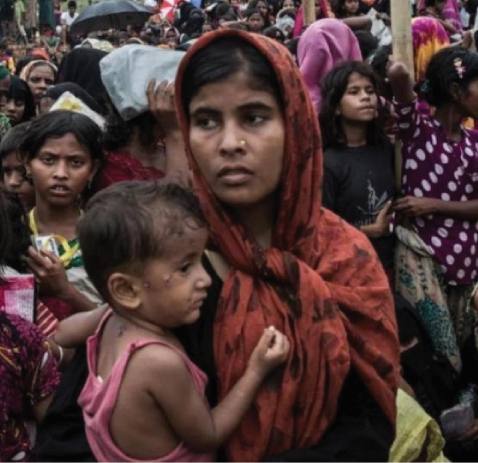Vulnerable target groups
People are experiencing climate change in diverse ways, especially people living in small island nations and other developing countries are more vulnerable to climate impacts than others.
 VULNERABLE
TARGET GROUPS
VULNERABLE
TARGET GROUPS
 Scoping
Scoping
Low-income populations May be exposed to climate change threats because of socioeconomic factors. For example. People who cannot afford air conditioning are more likely to suffer from unsafe indoor air temperatures.
 Approval of
Outline
Approval of
Outline
Occupational groups such as first responders and construction workers face more frequent or longer exposure to climate change threats. For example extreme heat and disease currying insects and ticks particularly affect outdoor workers.
 Nomination of authors
Nomination of authors
People in certain location May be Exposed to climate changes threats, such as droughts, floods, or severe storms, that are specific to where they live. For example, people living by the coast are at increased risk from hurricanes, sea level rise, and storm surge.
 Government and Expert Review -
2nd Order Draft
Government and Expert Review -
2nd Order Draft
Pregnant women are sensitive to health risks from extreme weather such as hurricanes and floods. these events can affect their unborn babies by contributing to low birth weight or by contributing to low birth weight or preterm birth.
People with pre-existing Medical conditions, such as asthma, are particularly sensitive to climate change impact on air quality. People who have diabetes or who take medications that make it difficult to regulate body temperature are sensitive to extreme heat.
Children Are more sensi- tive to respiratory ratory hazards than adults because of their lower body weight, higher levels of physical, activity, and still-developing lungs. longer pollen seasons may lead to more asthma episodes.
Indigenous people who rely on subsistence food have limited options to adapt to climate change threats to traditional food sources. Rising temprature and changes in the growing season affect the safety, availability, and nutritional value of some traditional foods and medicinal plants.
Older adults May have limited ability to cope with extreme weather it. to example they have difficulty accessing cooling centers or other support services during a heat wave. heat-related deaths are most com- monly reported among adults aged 65 and over.
People with disabilities Face challenges preparing for and responding
to extreme weather events. For example, emergency or evacuation instructions are often not accessible to people with learning. hearing, or visual disabilities